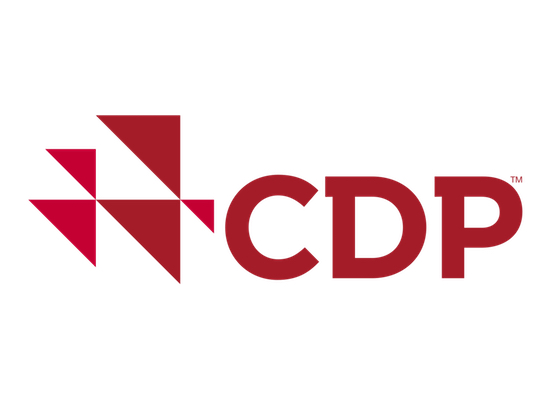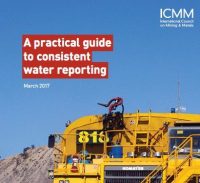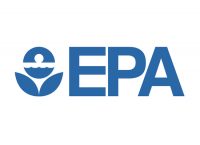Primary Functions
- Find guidance on how companies and investors can help deliver a water secure world through an analysis of response data from a sample of the world’s largest publicly listed companies.
Detailed Description
In 2018, 4,969 high impact companies were asked to provide data about their efforts to manage and govern freshwater resources through CDP. In total 2,114 companies responded, up from 1,432 in 2016.
This data is used by 650 institutional investors, representing US$87 trillion in assets to engage with portfolio companies, inform investment decisions and catalyze change. In addition, 44 purchasing organizations, with a combined spend of US$2 trillion, use CDP water security data to drive greater insight, accountability and action throughout their global supply chains.
This report presents analysis of the response data from a sample of 783 of the world’s largest publicly listed companies. The report is aimed at companies and investors seeking to understand how they can play their part in delivering a water secure world.
KEY FINDINGS
Corporate action is insufficient to achieve SDG 6 and deliver a water secure future
- Companies are withdrawing more water year-on-year, despite greater awareness of water risks and more targets to reduce withdrawals being set. Between 2015 and 2018, there has been an almost 50% increase in the number of companies reporting higher water withdrawals. The increase in withdrawals is most pronounced in Asia and Latin America, and in the Food, Beverage & Agriculture, Manufacturing and Mineral Extraction sectors.
Companies must ensure that water is meaningfully embedded into corporate governance
- The strategic decisions taken by the CEO and the Board can truly transform a company’s impact on water resources. But although companies report high levels of risk exposure and board-level oversight, they have not yet tied water issues to performance. We found that among a cohort of companies in high impact sectors, 77% report exposure to substantive water risks, and 93% report that they have board-level oversight of water issues, but less than a third (31%) have incentives in place for C-Suite executives on water-related issues.
The Retail sector is lagging behind
- The Retail sector has moved ahead of the Fossil Fuels sector for the first time in terms of poor performance on both transparency and action. Just 24% of retail companies responded to their investors, and fewer than 25% have water-related targets or goals.







